The protection of three-dimensional shapes as trade marks was first covered by the Brazilian IP Law in 1996, which dealt with three-dimensional product and packaging configuration recognition and registration. Out of a total of 3,615 applications filed before the Brazilian Patent and Trademark Office (BPTO) since then and which qualified as three-dimensional marks, 545 resulted in valid registrations. Out of these, only 476 are currently in force. The number of filings has been considerable (around 160 per year) but below a reasonable average of these filings have been granted, according to statistics produced in 2018. The vast majority of applications for three-dimensional marks were refused.
A special commission was designated to examine and decide applications for three-dimensional marks in 2014, more in order to accelerate proceedings than to perfect decisions. The efforts to reduce the backlog, proved satisfactory and the BPTO is now examining applications for three-dimensional marks within eight months on average. Though the reduced number of grants by the BPTO sounds disappointing, this article intends to provide readers with the basic legal framework of protection afforded to three-dimensional marks in Brazil and offer alternatives to protection that go beyond traditional trade mark filing.
The framework of protection
The Brazilian IP Law does not provide a specific definition of three-dimensional marks. The protection of these marks falls within the scope of the large umbrella of Article 122, which states that "visually perceptible distinctive signs that are not prohibited by law" are registrable as marks. The requirements for the registration can, however, be extracted from Item XXI of Article 124, that reads:
Article 124: The following are not registrable as marks: …. XXI – the necessary, common or usual form of a product or packaging, or also a form that cannot be dissociated from a technical effect.
According to the BPTO's trade mark directives, a three-dimensional mark is the "plastic form of an object that is not necessarily or commonly used in a particular niche of the market" nor is "essentially related to a technical function". This means that the law provides protection for three-dimensional shapes in the form of a product or packaging provided they meet the requirements for a trade mark and are not regarded as necessary, common or usual in relation to the nature of the goods and services and as long as they do not provide a technical advantage. Acquired distinctiveness is not a requirement, though it can be useful as evidence that the three-dimensional shape meets the trade mark function.
The three-dimensional shape must be considered inherently distinctive and capable of distinguishing the product and service, fully meeting the requirements for a trade mark. The directives though also add that the distinctive character of the sign should be analysed not only in relation to the designated products and services but also in the context of the patterns used by competitors in the same segment. To assess such a criterion, the examiner should count on his own skills, perform searches and define the pattern commonly used in the relevant market to assert distinctiveness. This criterion is evidently extremely subjective.
The three-dimensional shape is considered in its exterior appearance or format. Additional elements that might compose the sign such as nominative or figurative elements added to the surface are disregarded in the examination of a three-dimensional mark application. Drawings, reliefs, patterns or textures, however, can be considered in the examination as distinctive elements that form the three-dimensional mark.
In this regard, the perception of the regular consumer may be taken into consideration and to assess such a criterion, the examiner usually relies on internet searches. Official actions are not rare, but they are usually concerned with the presentation of the mark itself and are not related to its actual use or even acquired distinctiveness. For example, if the trade mark can be distinguished by a certain pattern, then the examiner tends to accept the trade mark registration. However, if the pattern is common in a specific segment, the examiner will probably refuse the registration.
One extra criterion that is not contained in the law but is also taken into consideration in the regular examination, is the stability of the form. Signs that are not stable per se should not be protected as three-dimensional marks. The BPTO's directives cite toothpaste as an example to illustrate the applicability of the principle of stability in the decision to refuse an application:

The lack of stability of the form could also apply to other products, for instance, ice cream, as in the following example in which the application was refused:

Application n. 820476293 VIENNETA applicant UNILEVER N.V. final rejection May 27 2008 (ice cream)
In both cases above, however, the rejecting decisions fell under the umbrella of the prohibition contained in Item XXI of Article 124 of the Brazilian IP Law. The BPTO uses six relevant criteria extracted from this section of the law to assess distinctiveness and decide whether to allow the registration of a three-dimensional shape as a mark, namely:
if the sign is configured in a format that allows immediate recognition/identification as a product or service and can relate to an identifiable source, being distinctive from others originated from different sources and meeting the function of a trade mark;
if the sign can be considered inherently distinctive to identify certain products or services;
if the three-dimensional mark is necessary, common or widely used for a product, packaging or service it intends to cover or cannot be dissociated from a technical effect or function;
if the application for the three-dimensional mark falls in any other legal prohibition (for example, adopts the form of a monument or can in any way be regarded as immoral);
if the 3D application is formed by other elements that are likewise prohibited by law (e.g. infringes third parties' rights); and
if the form is stable.
Usual grounds for refusal
The main reason for the rejection either in the first degree or second degree of examination is the legal prohibition contained in Item XXI of Article 124 of the Brazilian IP Law. This section of the Law forbids the registration of signs that are the necessary, common or usual form of a product or packaging or also a form that cannot be dissociated from a technical effect. Another (less) frequent ground for the rejection is Item XXII of Article 124 of the Brazilian IP Law which forbids the registration of 3D mark forms that are the object of a design registration by third parties.
Tips and alternative ways to obtain recognition and protection for a three-dimensional shape of product or packaging
The route for obtaining protection for three-dimensional shapes as trade marks in Brazil may be uneven and sometimes disappoint applicants given the numerous cases of rejection and uncoordinated decisions. An additional drawback is that the Brazilian PTO is traditionally reluctant to accept proof of acquired distinctiveness in the regular proceeding. However, in a few cases, evidence of actual use is fundamental to overcome rejection or revert a refusal decision, indicating a move towards more flexibility.
In a particular case involving the brand Lavazza, the examiner raised an official action during the examination proceeding specifically to request proof that the mark would meet trade mark function. The application was allowed:
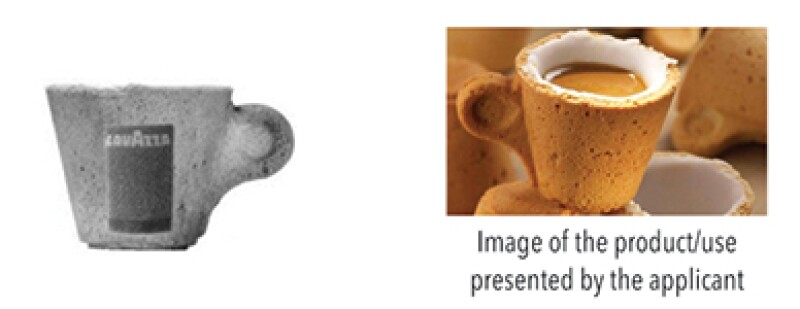
REGISTRATION N. 908254571 ALLOWED ON AUGUST 8 2017 IN CLASS 30 UNDER THE NAME OF LUIGI LAVAZZA S.P.A. AN OFFICE ACTION WAS RASIED TO THE APPLICANT TO PROVE HOW THE MARK WOULD MEET TRADE MARK FUNCTION
Raising official actions prior to a first degree decision or presenting evidence of use either during the regular examination or in support of an appeal may be options to enhance the chances of a positive resolution on a three-dimensional trade mark application. Though acquired distinctiveness is not a requirement, it has played a significant role in the examination proceeding. The same would apply for those three-dimensional shapes that for their relevant value and public recognition should obtain protection as a mark. Evidence of the value associated with the use made by the product or service as a source identifier may be good points to be raised by the applicant to enhance the chances of success in the outcome of the application.
The few examples below illustrate how the Office has reacted to applications for three-dimensional marks and applied the prohibitions above: |
|
Reg. n. 820303313 under the name of S. M. JALEEL & COMPANY LIMITED (registration annulled on October 21 2008) for juices; sparkling fruity drinks, beverages and non-alcoholic preparations for beverages Refusal based on prior design registration |
Application n. 909608768 under the name of THE COCA-COLA COMPANY refused under item XXI of article 124 of the Brazilian IP Law |
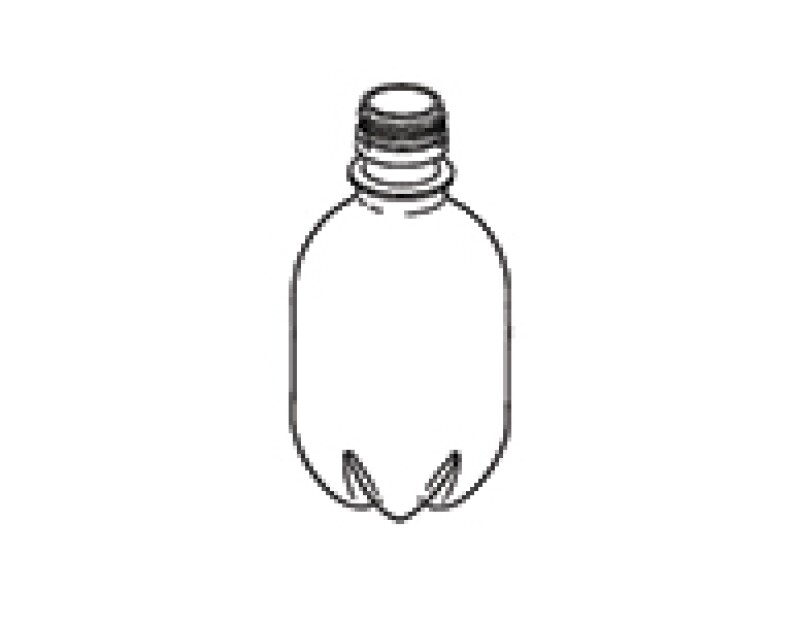
|
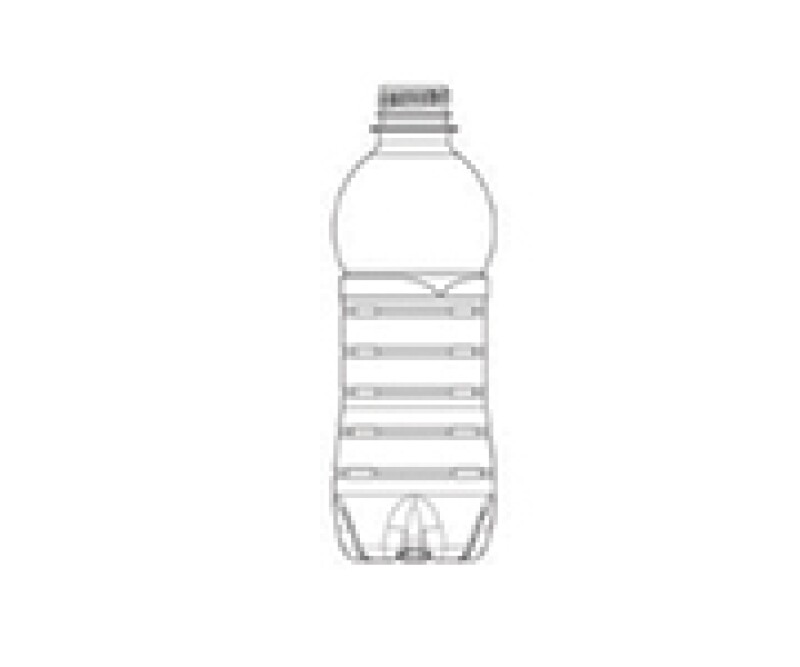
|
Reg. n. 200037056 granted on August 5 2013 under the name of THE COCA-COLA COMPANY. This registration received the status of highly renowned mark in 2017 |
Application n. 829328203 under the name of Crocs, Inc. refused in first degree of examination. |
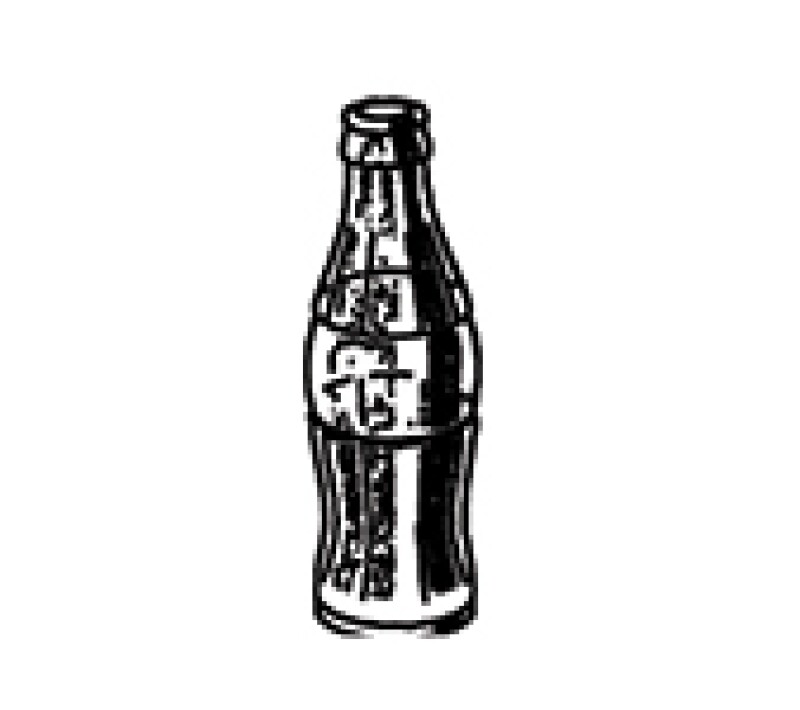
|
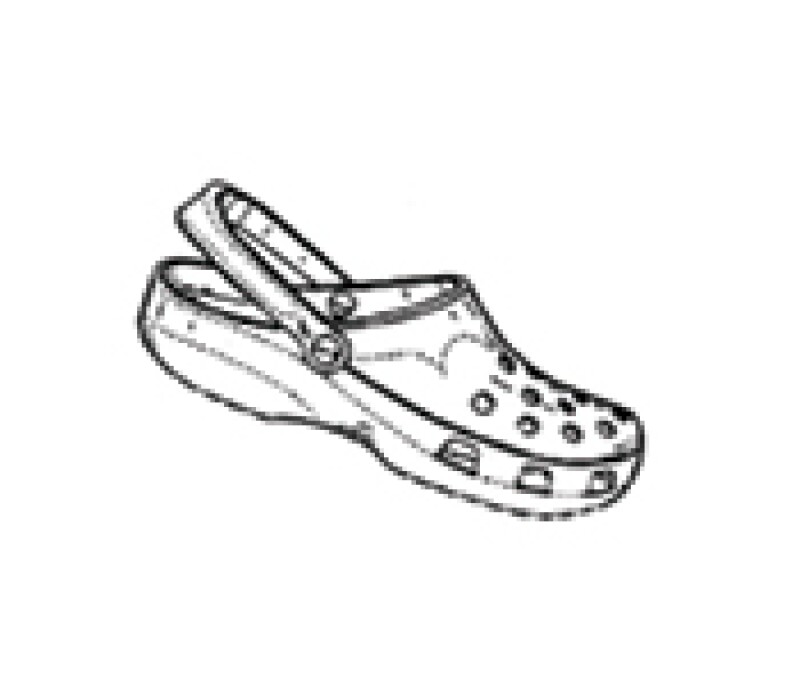
|
Application n. 913805394 allowed on July 31 2018 in class 41 under the name of MÉTODO INFLUX IDIOMAS LTDA. In class 41 for education services |
Registration n. 828953945 allowed on July 31 2012 under the name of DEUTSCHE BANK AKTIENGESELLSCHAFt in class 35 for commercial investigation |
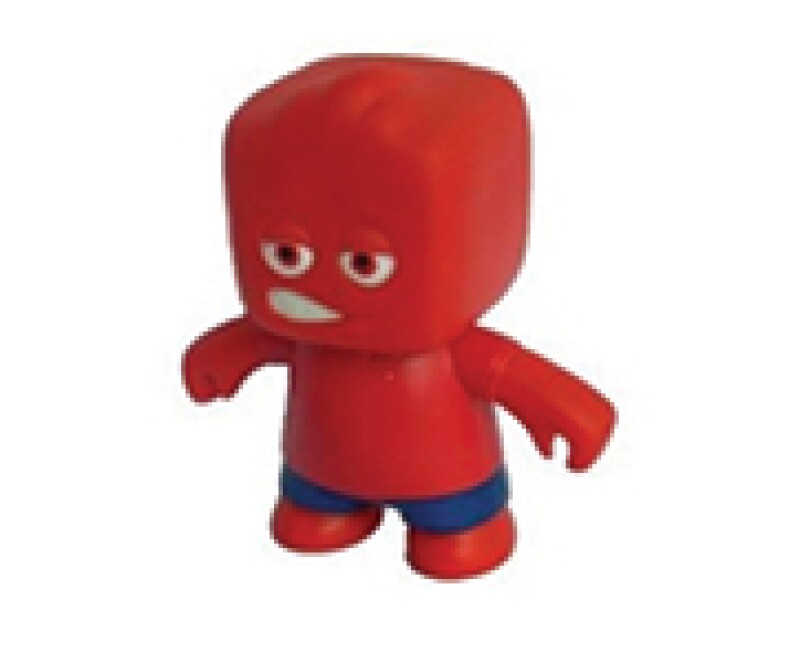
|
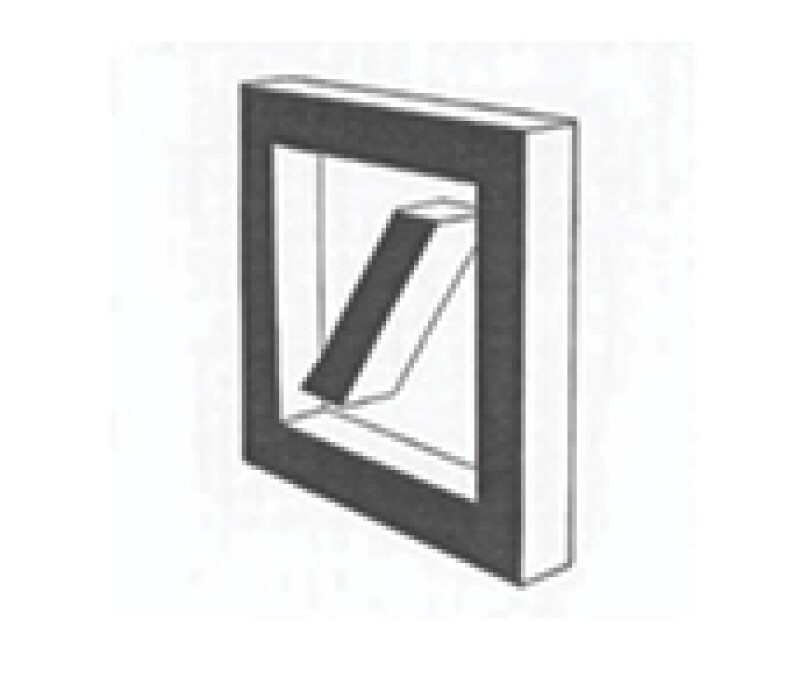
|
All these matters of fact are also taken into consideration by the Brazilian courts. In a case concerning the refusal of a three-dimensional shape, the acquired distinctiveness of a certain packaging or shape and its value would certainly weight positively in the outcome of the lawsuit. This kind of evidence is widely accepted by the courts.
In a lawsuit initiated by the company Vigor Alimentos brought against the Brazilian Trademark Office, challenging the refusal of two applications for the three-dimensional shape of the packaging of yoghurt based on the lack of capability of the shape to differentiate the product in the market, the Federal Court of Rio de Janeiro ruled that the marks should be granted.
The Court ruled that among the existing packaging for yoghurt present in the market, the proposed ones were neither necessary nor produced a technical effect. The decision relied on research that presented a vast number of existing shapes in this particular market, a consumer and a market survey and, most importantly, on the evidence of acquired distinctiveness of the three-dimensional shapes for which the yoghurt became widely known in Brazil.
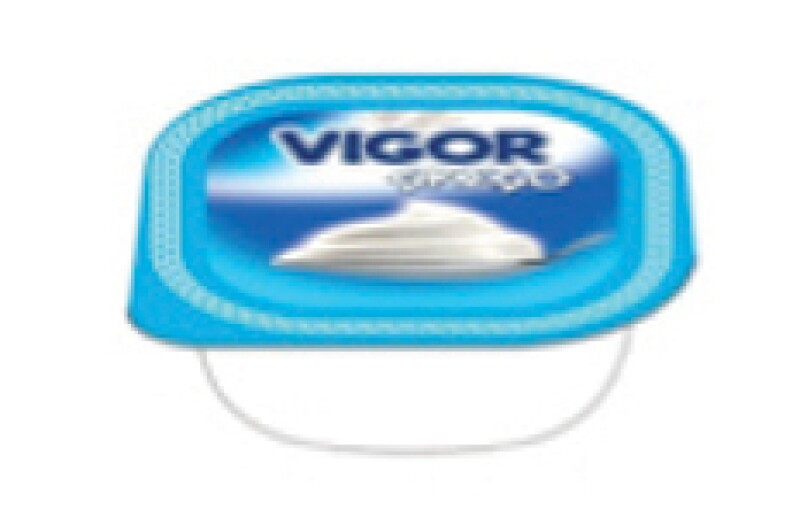
|
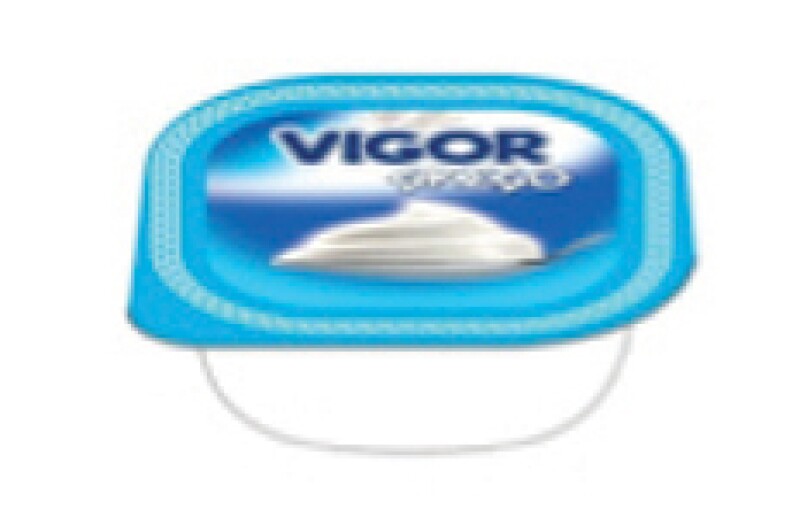
|
Application n. 906131634 |
Applicatio n. 907682685 |
Besides the ordinary lawsuits to challenge the BPTO's decision, the protection of three-dimensional shapes may also be explored under unfair competition rules and may be enforced by courts irrespective of a prior registration. Brazilian courts have been extremely eager to protect three-dimensional shapes as trade dresses, for instance.
When it comes to the protection under other systems aside from the trade mark system, Item XXII of Article 124 of the Brazilian IP Law forbids registration as three-dimensional marks forms that are the object of a design registration only by third parties. The Law does not prevent, however, double protection under different legal systems by the same applicant. There is no legal prohibition preventing the protection of three-dimensional shapes as a design registration or utility model, for instance. The same reasoning would apply to protection under the copyright doctrine, provided the relevant requirements are met. Even considering that these systems of protection have their own requirements and characteristics, they may be alternatives to regular trade mark filing and are worth exploring.
Roberta Arantes |
||
|
|
|
Partner Roberta Arantes has been a partner at Daniel Legal & IP Strategy since 2013 and is a key asset to the firm. With over 14 years of experience as both an attorney and a consultant, she deals with intellectual property cases involving trade mark, patent, copyright, industrial design and unfair competition disputes. Roberta has also represented large international companies in complex litigation in Brazil. In 2009, she obtained a master’s degree in public law from the prestigious law school of the University of the State of Rio de Janeiro. She has been a member of the International Trademark Association (INTA) since 2010, where she is currently a member of the Trademark Office Practices Committee and is joint coordinator of the International Studies Committee of the Brazilian Intellectual Property Association (ABPI). |











